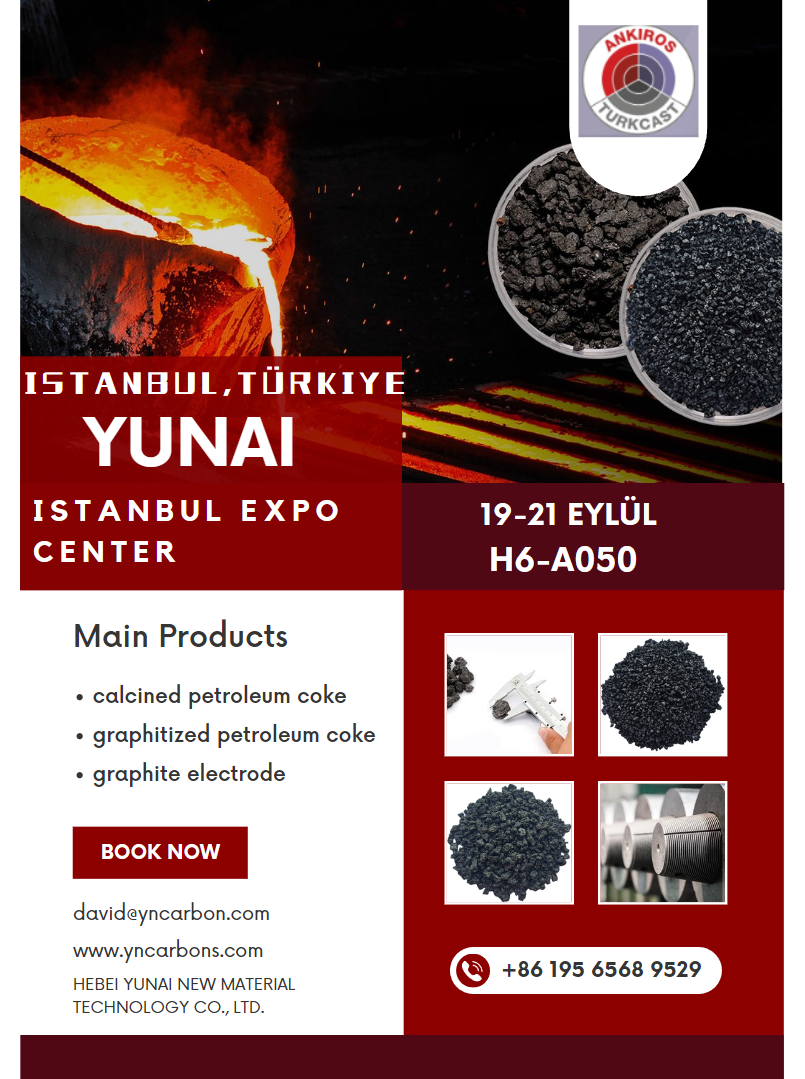Unpacking the Factors Influencing Calcined Petroleum Coke Price
Release Time:
Aug 13,2025
Explore the dynamics of calcined petroleum coke price, its sources, and market trends.
Understanding Calcined Petroleum Coke
Calcined petroleum coke (CPC) is a vital ingredient in the production of aluminum and other industrial applications. But what really makes the calcined petroleum coke price fluctuate? It's a mix of supply chain dynamics, production costs, and global demand. Let's dive into the nitty-gritty!
The Basics of CPC Production
Before we jump into the price tag, it's crucial to grasp how calcined petroleum coke is made. It's derived from petroleum during the refining process, where crude oil is heated and distilled. The end product is a solid carbon material that's further heated in a calcining furnace. This process removes impurities, yielding the high-quality CPC needed in various industries.
What Influences Calcined Petroleum Coke Price?
So, you might be asking, "What drives the calcined petroleum coke price?" Well, buckle up! Several factors come into play:
1. Raw Material Costs
It all starts with the raw materials. The price of crude oil directly impacts CPC production costs. When oil prices soar, manufacturers often pass those costs onto consumers, driving up the calcined petroleum coke price.
2. Global Demand
Aluminum production is a massive consumer of calcined petroleum coke. As industries ramp up or scale down, the demand fluctuates, affecting prices. If a major player in the aluminum market increases production, watch out for a spike in the calcined petroleum coke price!
3. Geopolitical Factors
Trade agreements, tariffs, and political instability can throw a wrench into the works. For instance, if a key supplier faces sanctions, the supply chain gets disrupted, leading to price hikes. It's like a game of chess, where one wrong move can change everything!
Spotting Trends in Calcined Petroleum Coke Price
Keeping an eye on the market can be a bit like watching the stock market; it's unpredictable! However, there are some trends to consider:
- Historical data shows that CPC prices tend to rise during peak aluminum production seasons.
- Reports indicate that emerging markets, especially in Asia, are increasing their demand, potentially pushing prices higher.
- Technological advancements in production can also affect the supply side, sometimes stabilizing or even reducing prices.
The Role of Source Manufacturers
When we talk about 源头厂家 (source manufacturers), it's all about the suppliers who produce CPC directly from petroleum. These manufacturers play a critical role in determining the calcined petroleum coke price. They can influence price through:
- Quality Control: Higher quality often means a higher price, but also better performance in applications.
- Volume of Production: Manufacturers who can produce at scale may offer competitive pricing.
- Geographic Location: Proximity to raw materials and end-users also affects transportation costs, which can impact pricing.
Making Sense of Market Movements
As a buyer or a seller in this market, keeping your ear to the ground is vital. Subscribe to industry reports, attend trade shows, and network with suppliers. Knowledge is power, and in the world of calcined petroleum coke, it can save you a pretty penny!
Final Thoughts
In conclusion, the calcined petroleum coke price is influenced by various factors ranging from raw material costs to global demand and geopolitical issues. As the market continues to evolve, staying informed about these elements will help you navigate the complexities of CPC procurement. Remember, whether you're a manufacturer or a consumer, understanding the source manufacturers and their impact can lead to smarter business decisions.
Keywords:
More information







